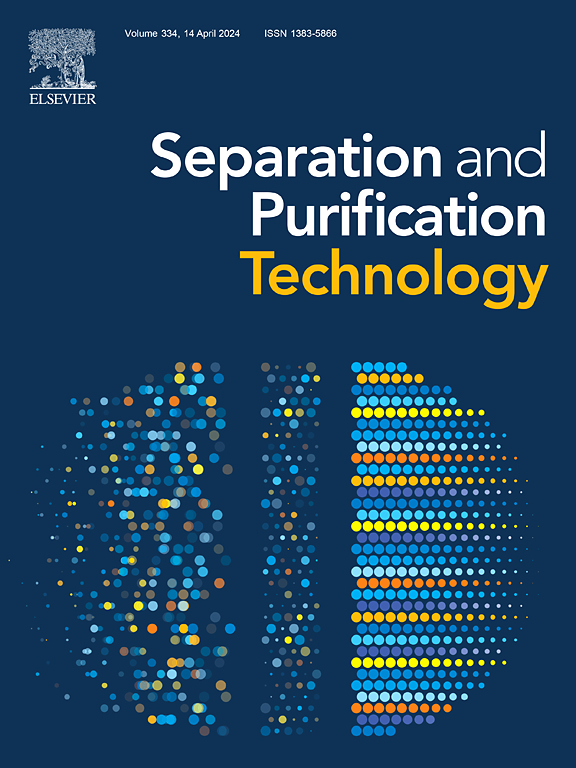Development of a g-C3N4-based photocatalysis-self-Fenton system for efficient degradation and mineralization of organic pollutants
IF 8.1
1区 工程技术
Q1 ENGINEERING, CHEMICAL
引用次数: 0
Abstract
Photocatalytic water treatment holds great promise for addressing global challenges associated with energy shortage and water scarcity. However, despite decades of research, its practical implementation remains constrained by the limited efficiency in generating and utilizing hydroxyl radicals (·OH). To this end, this study develops a photocatalysis-self-Fenton system based on graphitic carbon nitride (g-C3N4). By introducing P heteroatoms into the g-C3N4 matrix, we enhance O2 adsorption, while the incorporation of cyano groups improves H+ adsorption (both of which favor H2O2 generation) and prevents the generated H2O2 from decomposing into ·OH on the catalyst surface. This system boosts the steady-state concentration of ·OH by approximately 42 times compared to photocatalytic system, while the homogeneous generation of ·OH further enhances its utilization. As a result, it enables the complete degradation of 2,4-Dichlorophenol in only 20 min under visible light, with a mineralization rate of 71.21 %. Additionally, this system demonstrates broad applicability, achieving removal efficiencies exceeding 90 % for various typical organic pollutants (4-chlorophenol, bisphenol A, norfloxacin, ciprofloxacin, and sulfadiazine). Furthermore, its durability across multiple cycles underscores its potential for practical water treatment applications.


开发基于 g-C3N4 的光催化-自 Fenton 系统,实现有机污染物的高效降解和矿化
本文章由计算机程序翻译,如有差异,请以英文原文为准。
求助全文
约1分钟内获得全文
求助全文
来源期刊

Separation and Purification Technology
工程技术-工程:化工
CiteScore
14.00
自引率
12.80%
发文量
2347
审稿时长
43 days
期刊介绍:
Separation and Purification Technology is a premier journal committed to sharing innovative methods for separation and purification in chemical and environmental engineering, encompassing both homogeneous solutions and heterogeneous mixtures. Our scope includes the separation and/or purification of liquids, vapors, and gases, as well as carbon capture and separation techniques. However, it's important to note that methods solely intended for analytical purposes are not within the scope of the journal. Additionally, disciplines such as soil science, polymer science, and metallurgy fall outside the purview of Separation and Purification Technology. Join us in advancing the field of separation and purification methods for sustainable solutions in chemical and environmental engineering.
 求助内容:
求助内容: 应助结果提醒方式:
应助结果提醒方式:


